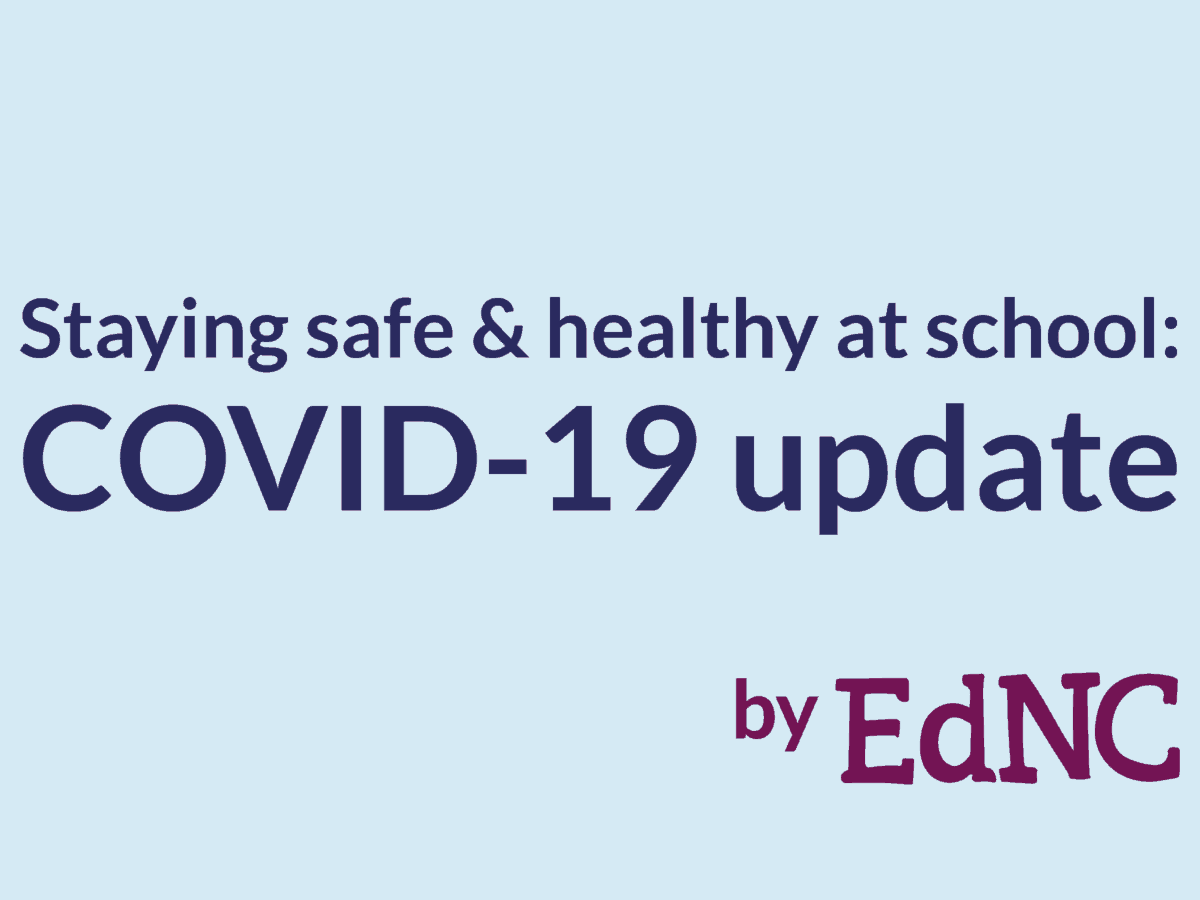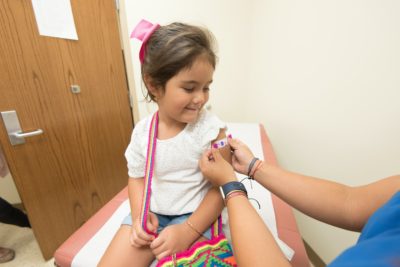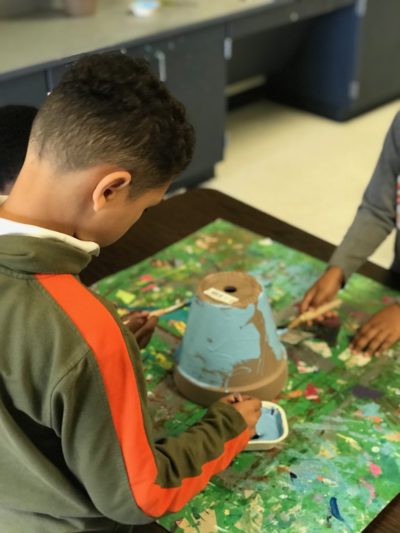
|
|
The Centers for Disease Control and Prevention updated its COVID-19 guidance last week for schools and child care centers.
As districts across North Carolina return to school this month, here’s what the new guidance means:
Local decision-making
The CDC guidance aims to give flexibility to districts and early childhood programs to do what makes most sense given their community’s situation. Find county-level data here, where the CDC labels communities as low, medium, or high risk, based on COVID-19 cases and hospitalizations.
For example, the CDC still recommends universal masking for schools and child care programs in high-risk communities. (More on masking is below.)
This week, 61 of North Carolina’s 100 counties are classified as high risk, down from 67 last week. Thirty-six counties are classified as medium risk, and three are classified as low risk. Go here for that weekly update and for other data on vaccinations, variants, and health systems’ capacity.
The CDC update also specifies that its guidance does not override any federal, state, or local laws and regulations. For K-12 schools, the state Department of Health and Human Services (DHHS) now defers to the CDC guidance, and for child care, the department updated its guidance in July to similarly loosen requirements while staying safe.
The White House released a statement this week with resources and support for schools and early childhood programs on vaccination, improved ventilation, and access to tests.
No quarantines for exposures
If a student or teacher tests positive, the CDC recommends the person isolate for five days (if he or she has been fever-free for 24 hours and symptoms are improving) and wear a mask for another five days. Day zero is when symptoms start or, if asymptomatic, when the person tests positive.
Isolation guidance for child care centers aligns with this guidance overall. Specific information on when an individual can return to a child care setting, depending on symptoms and types of test, can be found on page 10 of this toolkit.
Sign up for the EdDaily to start each weekday with the top education news.
The CDC no longer recommends quarantining students who were exposed to a positive COVID-19 case, at school or outside of school.
It does recommend wearing a well-fitting mask for 10 days after an exposure. But school administrators should “decide how to manage exposures based on the local context and benefits of preserving access to in-person learning,” reads the update. “Accommodations may be necessary for exposed people who cannot wear a mask or have difficulty wearing a well-fitting mask.”
Emily Oster, economics professor at Brown University and author of ParentData newsletter, has been tracking schools’ COVID-19 policies since the beginning of the pandemic. She wrote to the CDC asking specifically about children younger than 2, who are not recommended to wear masks.
In her newsletter, Oster wrote that a spokesperson responded that children younger than 2 do not need to quarantine after an exposure even though they cannot wear masks.
Screening and masks
The CDC no longer recommends that schools and early childhood programs test for screening — meaning routinely testing students and staff who do not have symptoms or known exposures.
The school could consider screening testing if the community’s risk is high “for high-risk activities (for example, close contact sports, band, choir, theater); at key times in the year, for example before/after large events (such as prom, tournaments, group travel); and when returning from breaks (such as, holidays, spring break, at the beginning of the school year).”
Schools and early childhood programs that serve students who are at higher risk for getting severely sick from COVID-19 can consider testing for screening when the community’s risk level is medium or high, the guidance recommends.
This type of testing should include vaccinated and unvaccinated people and, if using at-home tests, ensure families have equal access.
Universal masking is not recommended anymore unless the community has a high-level risk. The guidance states that anyone who would like to wear a mask for any reason should be able to.
In North Carolina, DHHS no longer recommends universal masking for any child care program.
The CDC guidance recommends those who are at risk of getting severely sick wear well-fitting masks at medium or high risk levels. Those who are in frequent contact with at-risk individuals might also choose to wear masks.
Districts and schools might need to make different decisions about masking to protect those who are at risk of getting severely sick.
“Schools might need to require masking in settings such as classrooms or during activities to protect students with immunocompromising conditions or other conditions that increase their risk for getting very sick with COVID-19 in accordance with applicable federal, state, or local laws and policies,” the guidance says.
Encouraging vaccines
Vaccines are available and safe for everyone six months of age and older. After a long wait, trials found the Moderna and Pfizer vaccines to be safe and effective against serious illness for young children this year.
The CDC notes that schools and early childhood programs can play a key role in encouraging vaccines among staff and children by:
- Providing information on vaccinations for COVID-19 and other illnesses, including in languages other than English to reach all families.
- Encouraging “vaccine confidence,” which the CDC describes as “the belief that vaccines work, are safe, and are part of a trustworthy medical system.”
- Setting up supportive policies like a workplace vaccination program or paid time off for people to get vaccinated.
- Making sure people know where to receive vaccines, whether it’s on-site at schools or early childhood programs, or in other locations in the community. Go here to find a vaccine location.
Recommended reading




